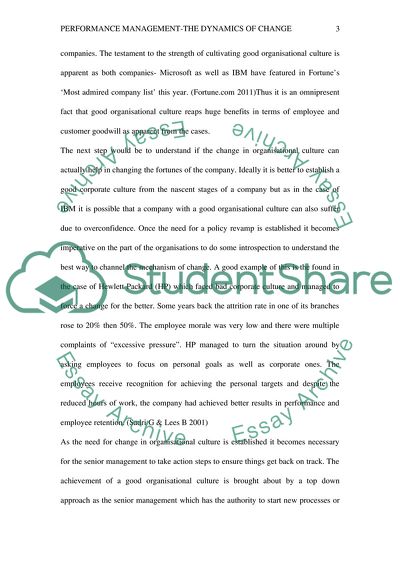Cite this document
(The Incidence of Organisational Culture Case Study - 1, n.d.)
The Incidence of Organisational Culture Case Study - 1. Retrieved from https://studentshare.org/human-resources/1752184-mgmt-4440-performance-management
The Incidence of Organisational Culture Case Study - 1. Retrieved from https://studentshare.org/human-resources/1752184-mgmt-4440-performance-management
(The Incidence of Organisational Culture Case Study - 1)
The Incidence of Organisational Culture Case Study - 1. https://studentshare.org/human-resources/1752184-mgmt-4440-performance-management.
The Incidence of Organisational Culture Case Study - 1. https://studentshare.org/human-resources/1752184-mgmt-4440-performance-management.
“The Incidence of Organisational Culture Case Study - 1”. https://studentshare.org/human-resources/1752184-mgmt-4440-performance-management.


